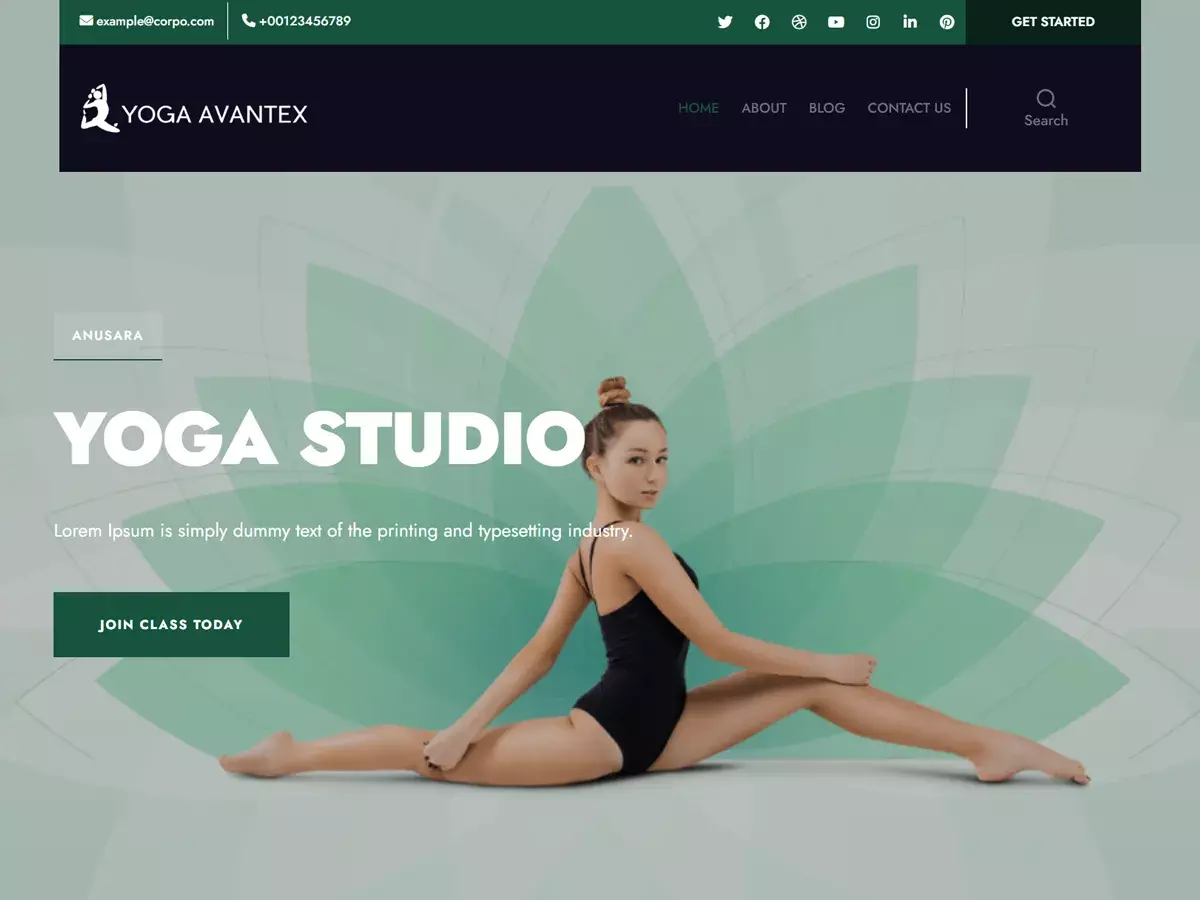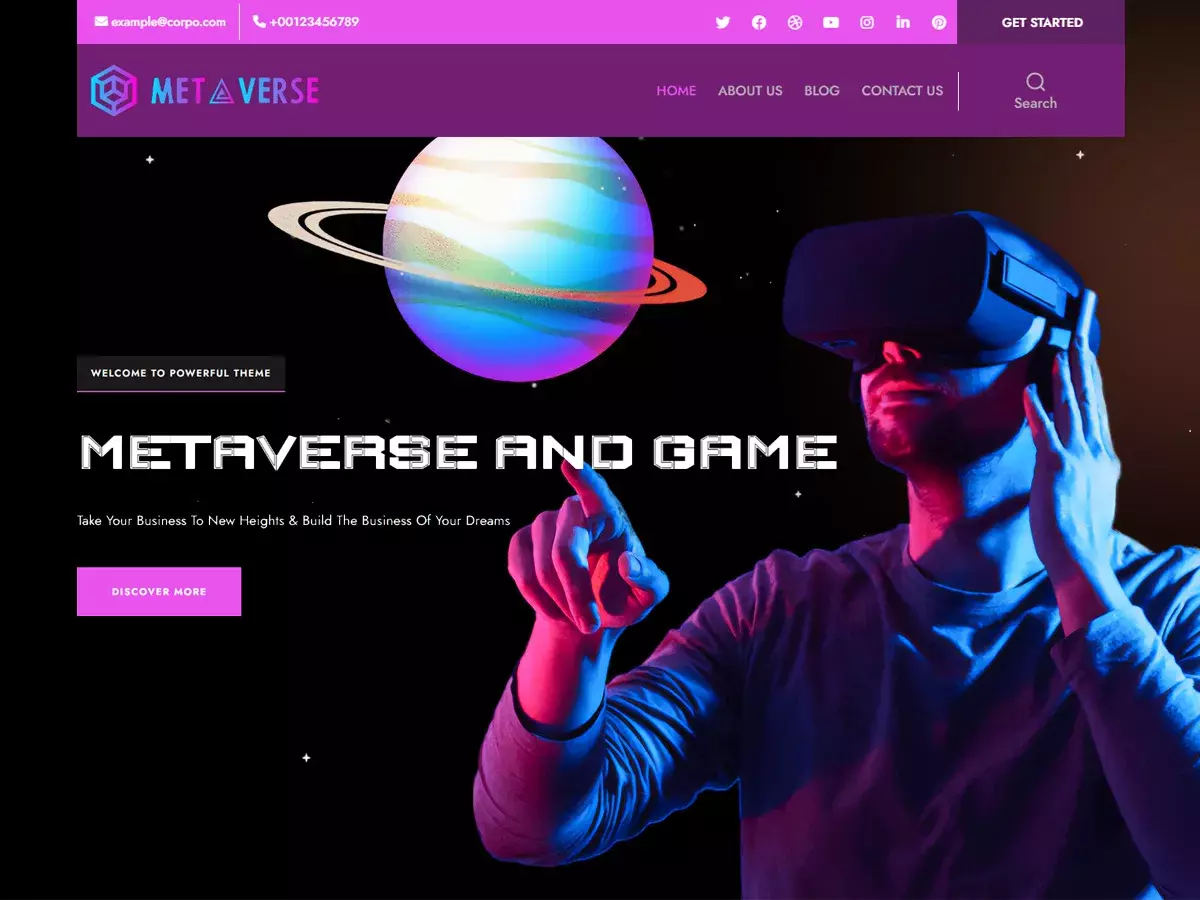Gear first, then the rest.
Audio Technica AT3035 Condenser Mic.
Focusrite Scarlett 8i6 Audio Interface.
ATH-M50xDS Studio Headphones.
Groove & Pyramid Sound Panels.
Sceptre 27″ monitor.
3’x5’x7’ Sound Booth custom cage.
Shure MV7 podcast mic.
Tuga Voice Shield.
Panasonic AG-UX180 video camera.
Manfrotto’s MVH-502a tripod & MII monopod.
Sennheiser MKE 600 shotgun mic.
Khomo Gear 6’x8′ green screen.
4k DVC camera 2nd angle video camera.
DJI OM 5 Gimbel with my iPhone.
Clicker.
Stopwatch.
Phillips DVT-4110 VoiceTracer recorder.
Rode Lavalier-GO lapel mic.
MacBook Pro.
Adobe Audition DAW.
Going into the Corporate Studio used to be the norm for anything in the Voice biz. Tech improvements started changing that model years ago, and the global Covid experience accelerated it to the marketplace overnight. Suddenly, professional-grade hardware was available to the public. While corner-cutters and try-this-outers scoop up cheap knock-offs, and moneyed amateurs tend to over-buy top shelf components, serious professionals garner the best pro-gear that provides the best sound for each application. It’s never been about the gear; it’s all about the talent. I think it’s the same in every industry. So when I made the career paradigm to Voice Professional I took some counsel first. Brace yourself: I’m going to drop some names.
My wife Karen and I took a trip to Greece and Israel with Jeni & Brian Stivale. With my background and experience, Brian, master of video game and product promo voices, suggested I consider a career in Voice Over. He introduced me to Katie Leigh, the undisputed queen of radio and animation character voices, who challenged me to consider going pro too. “You’ve got all the right pieces, you could really make it in this business!” So on her recommendation, I connected with Tom Parks of audio book fame, and Joel Weldon the commercial promo go-to for national brands. I already had a lifelong friendship with audio kingpin Van Metschke. Counsel, training, some hard feedback and criticism from that group gives me something that today’s influencers call an, “Unfair Advantage.” I call it Strategic Favor from God Himself.
Anyway, these Voice Pro’s speak into this part of my life and career. Joel coached me through designing the Jeffbooth, and Van personally had his hands on helping me assemble the pieces that make my Home Studio work well and sound amazing. So when I share some of my Studio components here, it’s an homage to the HIG’s who continue to help me improve my craft. (Oh, and I do not make any money for mentioning these products here so this is an inventory won by hard experience without the freebies.)
My Voice Over gear starts with my Audio Technica AT3035 Condenser Mic. Yeah, I know there are newer ones out there, but the AT3035 gives me the resonance and frequency cover that works best for my work. I like the Focusrite Scarlett 8i6 Audio Interface. A lot of AI’s have built-in frequency noise that you have to eq out, but my 8i6 is very clean. I use ATH-M50xDS Studio Headphones for monitoring and editing; their sensitivity helps me catch any faux pas, faint background or other noises before sending out a finished recording. I have sampled the best sound booths out there, and great VO gear is worthless without a quiet environment, so with some more coaching I converted the standard-sized coat closet in my home office into the JeffBooth. First, I completely treated the walls with Groove & Pyramid Sound Panels, then mounted my AT3035 and set my 8i6 on a small round stand-up table along with a Sceptre 27″ monitor that hdmi’s out of the booth to my MacBook Pro. The closest is too small by itself, so I needed to complete the booth out into the office. My office has beautiful hardwood floors that act like they were created to amplify and slap back any sounds I make, so I custom-built a 3’x5’x7’ Sound Booth cage I can stand in or use my tall stool. I used fat PVC framing and very heavy sound dampening blankets to encase the booth, with thick carpeting on the booth floor and a sound panel lid. That’s the JeffBooth, my Studio.
When I do client-coaching Zoom calls, and for basic podcasts in my office, I use a Shure MV7. It goes through my 8i6 or directly into my computer, and doesn’t need much eq tweaking to work fine for those podcasts. I’m at my desk half the time for those which presents a lot of hard surfaces, so I add a Tuga Voice Shield to isolate the sound. The built in camera on my MacBook Pro is clean enough for many of those podcasts. When some episodes call for better quality or multimedia, I use a Panasonic AG-UX180 camera mounted on Manfrotto’s MVH-502a (or the MII Monopod on the go,) and I mount a Sennheiser MKE 600 shotgun mic on top. I also use a Khomo Gear 6’x8′ Green Screen when it’s beneficial for some of my video work.
For Voice eq work and editing, I use my MacBook Pro and Adobe Audition. I still use a PC for the business part of the business, but that’s just my age talking there, so no judging.
I guess I could list a few of the accessories I use. I have a generic 4k DVC camera whenever I need 2nd angle video shots. I have fun using my DJI OM 5 Gimbel with my iPhone. In the Booth, I use a Clicker (a $5.00 generic dog-training clicker I bought at a pet store!) to audibly mark places I know I need to edit, and a Stopwatch for tightly timed projects. I also use a Phillips DVT-4110 VoiceTracer recorder with a Rode Lavalier-GO mic when my Man-on-the-streets kit isn’t practical.
If you’re thinking about starting a Voice industry path of your own, go back to the beginning of this post and take note of the people and counsel that came *before* the equipment. I’m not saying to contact them personally; I’m saying to search your own network to see where YOU have an “Unfair Advantage,” and tap that! I’m not even mentioning all the online and live VO training that preceded what you’re looking at today, and I’m a living testimony to the axiom, “There are no shortcuts.”
Take the jump. That sounds so brave and bold. I would counsel you to first take a step, which in my case meant paying for some quality counsel. Then take another step, and another. Pretty soon, you’ll have far exceeded any jump you might have taken, and you’ll gain so much along the way. There’s plenty of room out here for fresh voices; maybe the world is just waiting for you to make the right sound!









